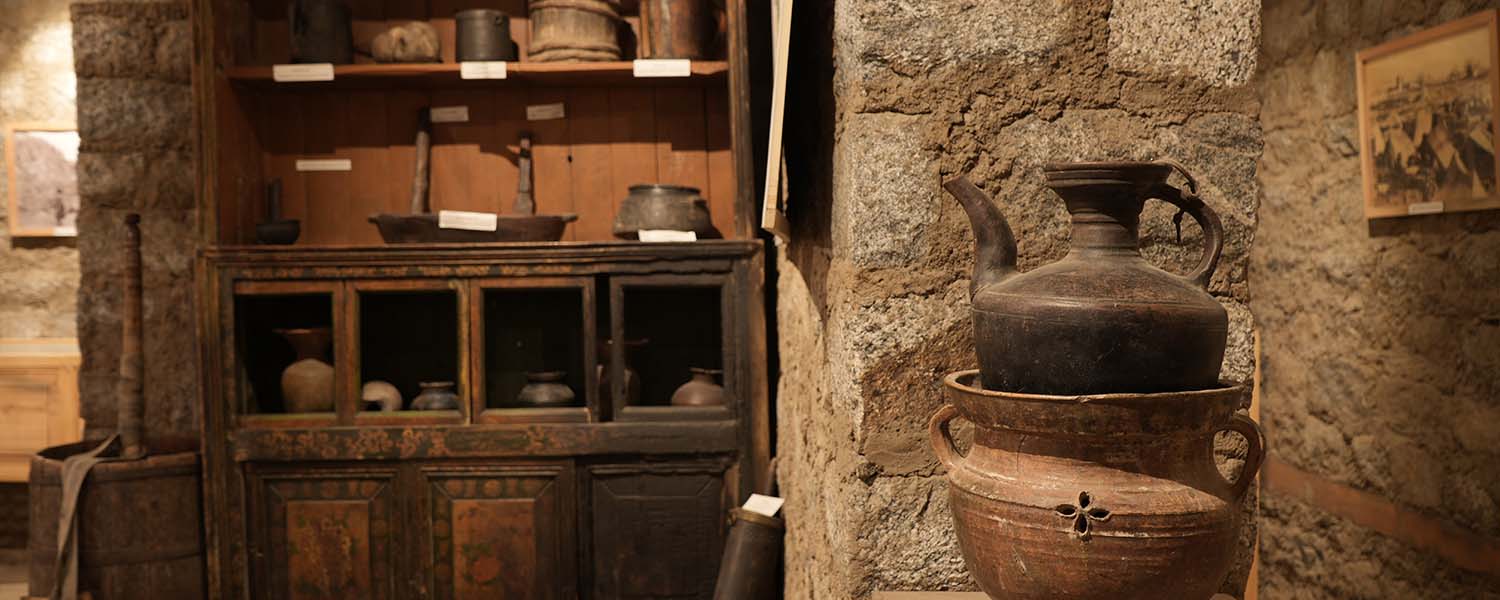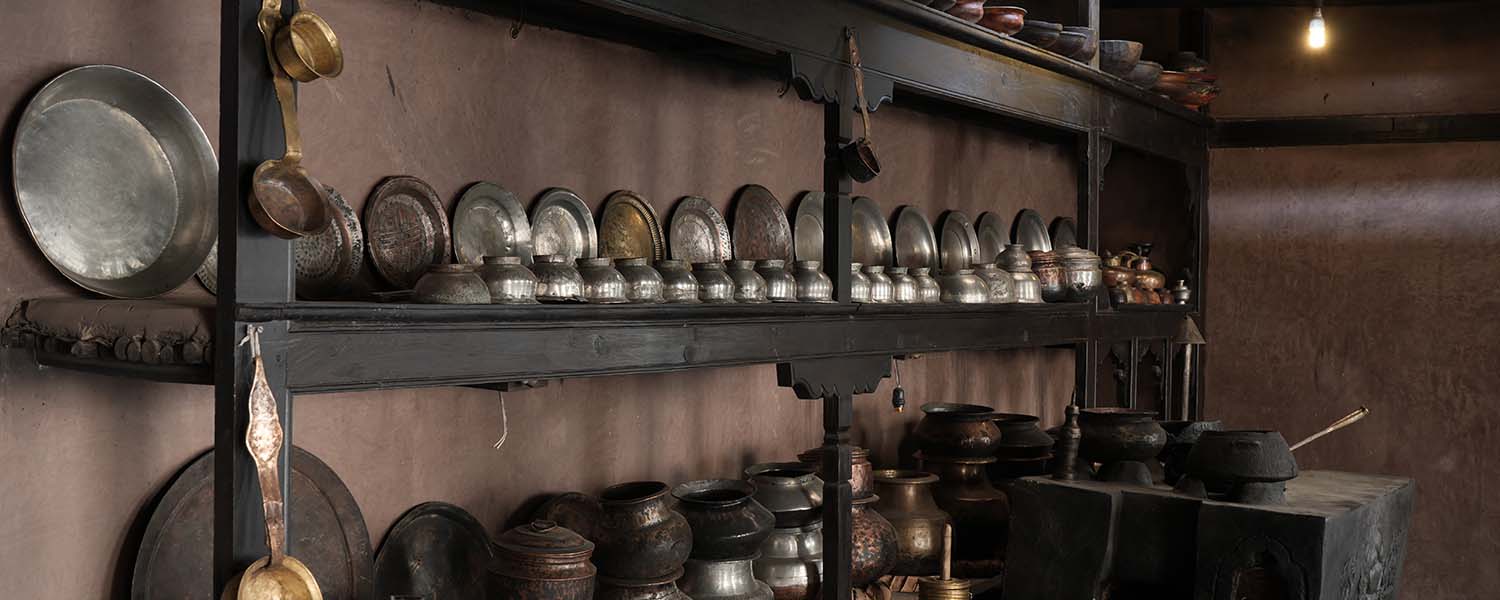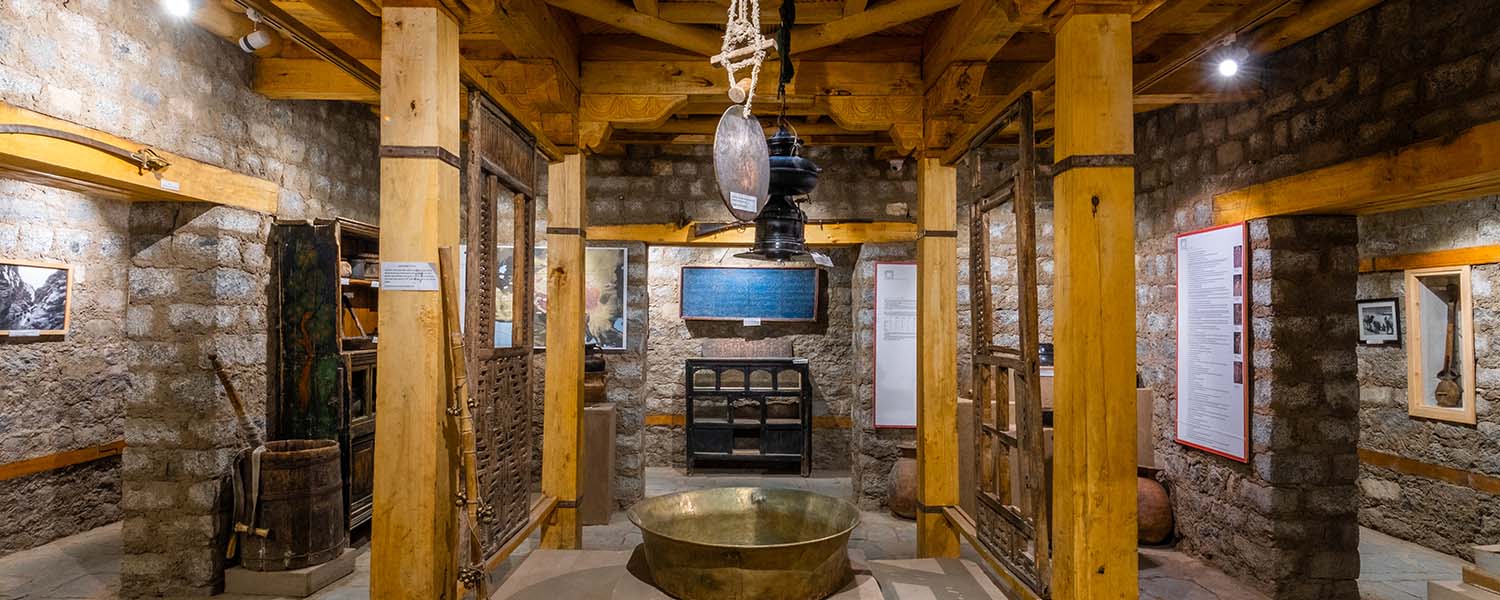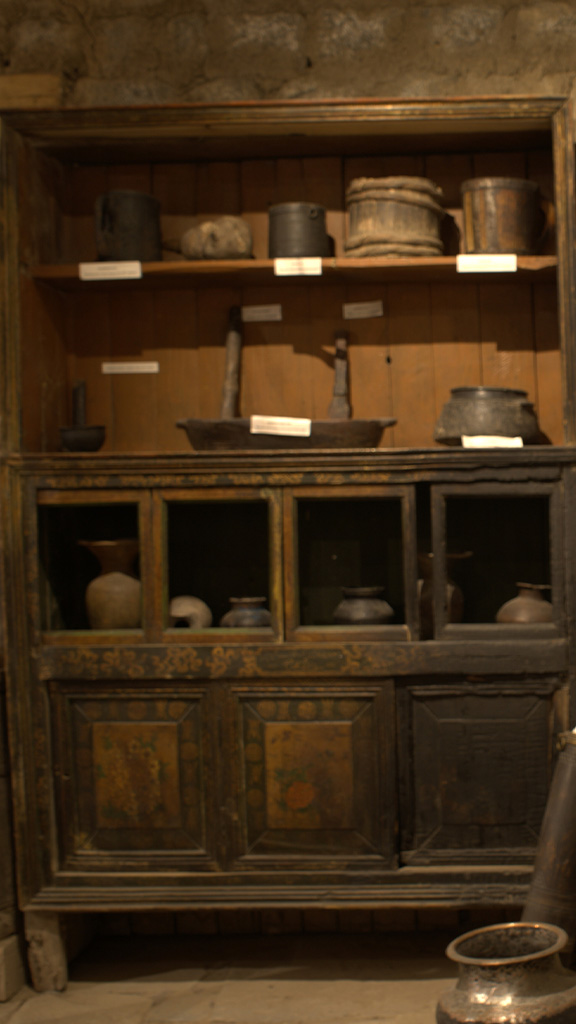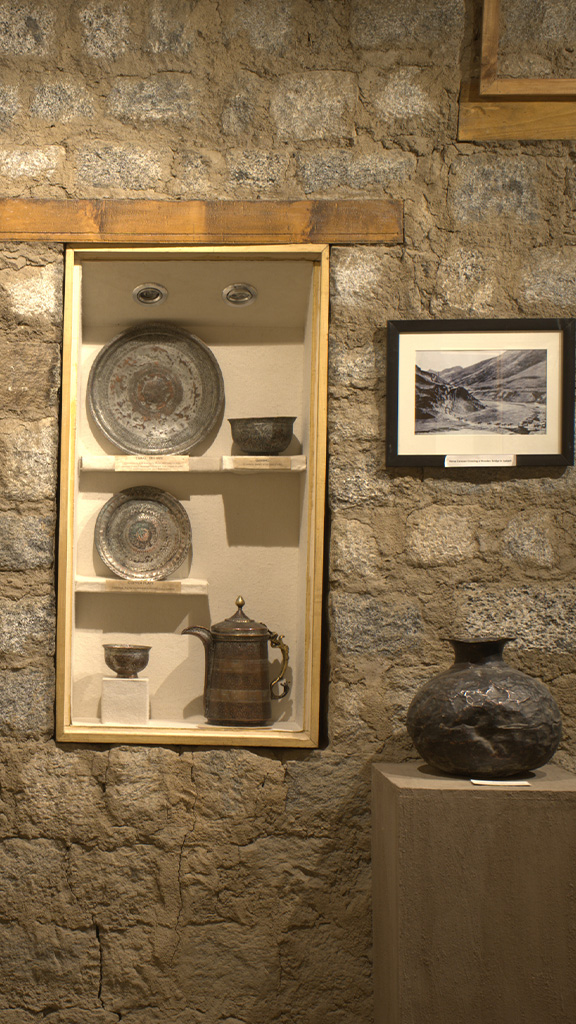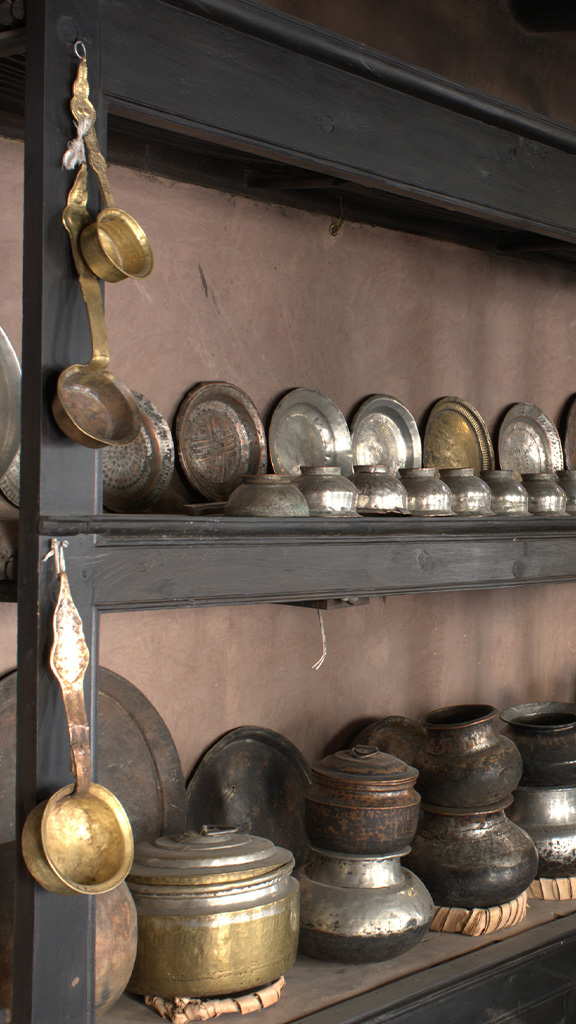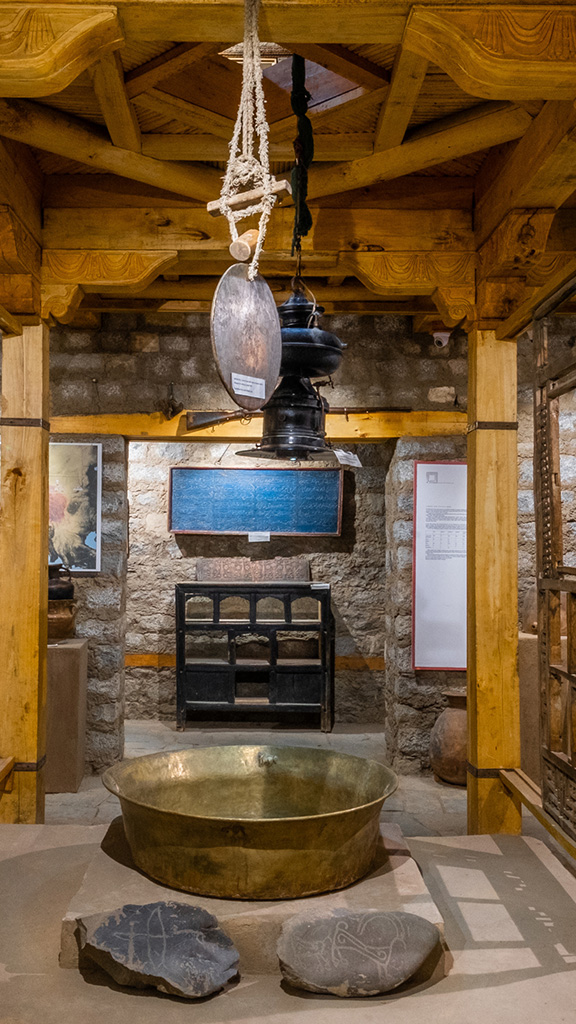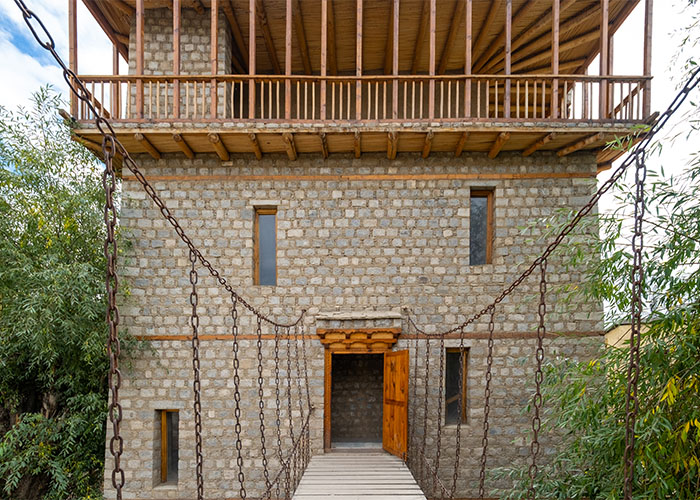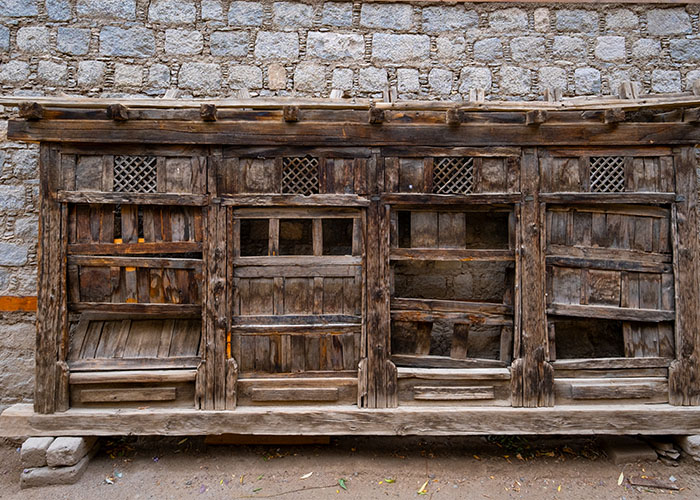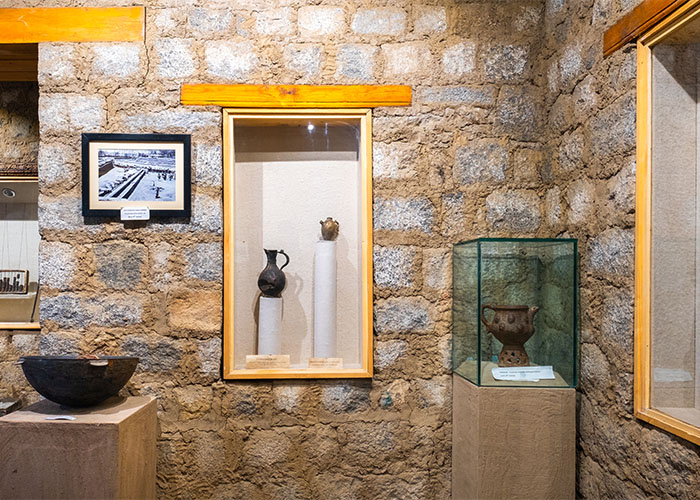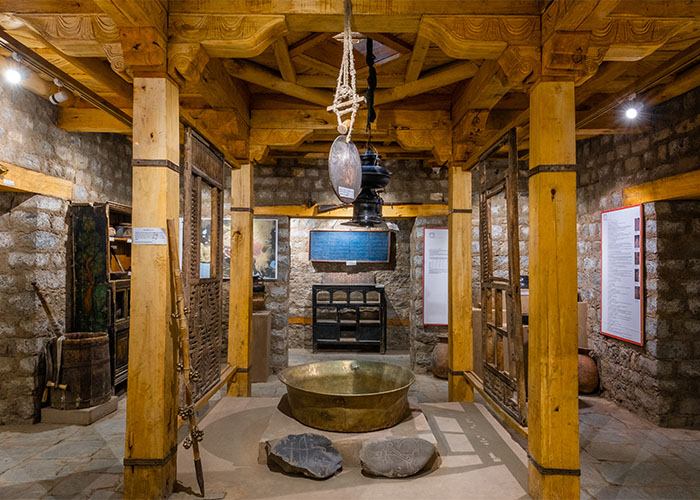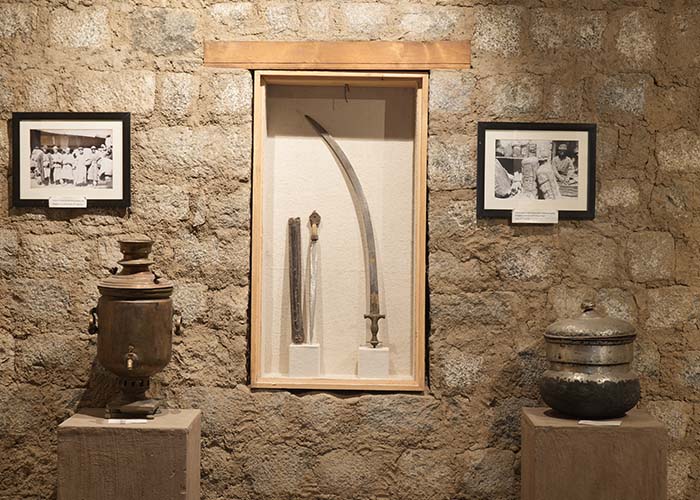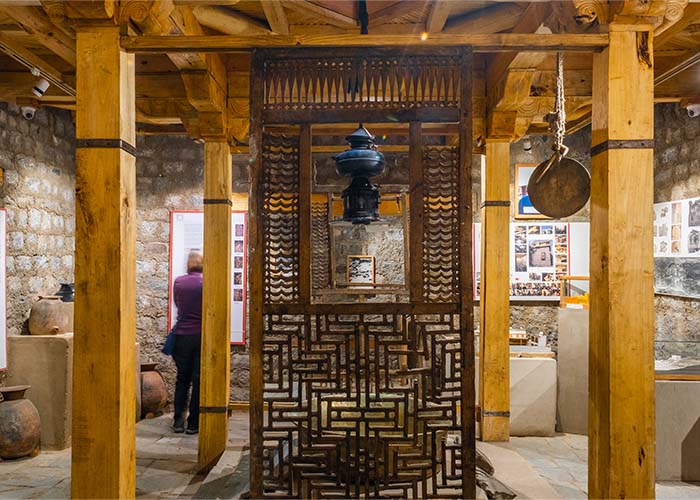
Central Asian Museum, Leh
Explore MoreIntroduction
The Central Asian Museum is located in the historic Tsas-Soma garden, Zangsti, which was the traditional camping ground and point of interface of the Central Asian traders during the era of the Caravan trade. The oldest Mosque of Leh is also located here; dating from circa 1616-1654, this Mosque was built by the Caravan traders with the permission of King Singe Namgyal. It was the restoration of this historic mosque by the Anjuman Moinul Islam Society that the initiative for setting up the Central Asian Museum in the same garden was taken, to showcase the cultural diversity of Ladakh evolved through centuries of interactions with surrounding cultures of the Trans-Himalayan regions.
Today, the Central Asian Museum stands tall in this historic garden, its timeless walls echoing tales from a bygone era when travelers and traders passed through Leh, leaving behind a legacy of cross-cultural exchange. Leh, once a bustling commercial hub, was an integral part of the ancient Silk Route. It was at this crossroads where people of different cultures met, traded, and shaped the history of this region. As Mr. KL Kannion (British Joint Commissioner of Ladakh in 1910 ) had observed that “what Port Said is to the Suez Canal, Leh is to the Central Asian trade routes”.
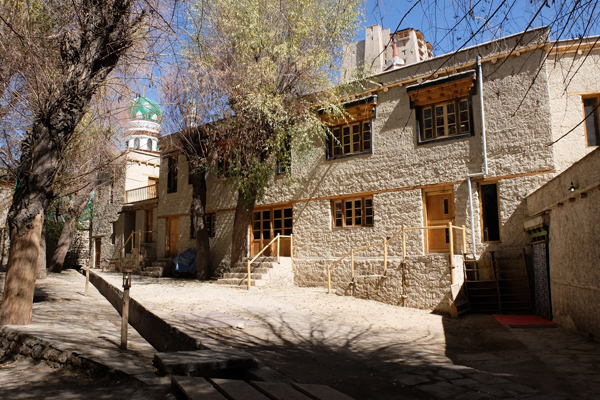
Traditional Ladakhi Architecture
The museum is housed in a historical building
Foundation
The proposal of setting up the Central Asian Museum was conceived in 2007 as a result of collaboration between the Tibet Heritage Fund (THF), the Anjuman- Moin ul-Islam Society, and the Jammu & Kashmir Chapter of INTACH. The main goal was to create a space that would not only showcase Ladakh’s pivotal role as a crossroads of Central Asian trade but also highlight the lasting influence this exchange had on the region’s culture, art, and heritage. This vision took shape when the foundation stone of the museum was laid on 22nd August, 208, marking the beginning of a project that would soon become one of Leh's most iconic cultural landmarks. The project was largely financed by the Jammu & Kashmir Tourism Department while additional funds were sourced to complete the museum’s expansion, including a library, a garden restaurant, and a museum shop. The museum’s creation is a testament to the enduring efforts of numerous collaborators, all working to preserve Ladakh's rich heritage for future generations.
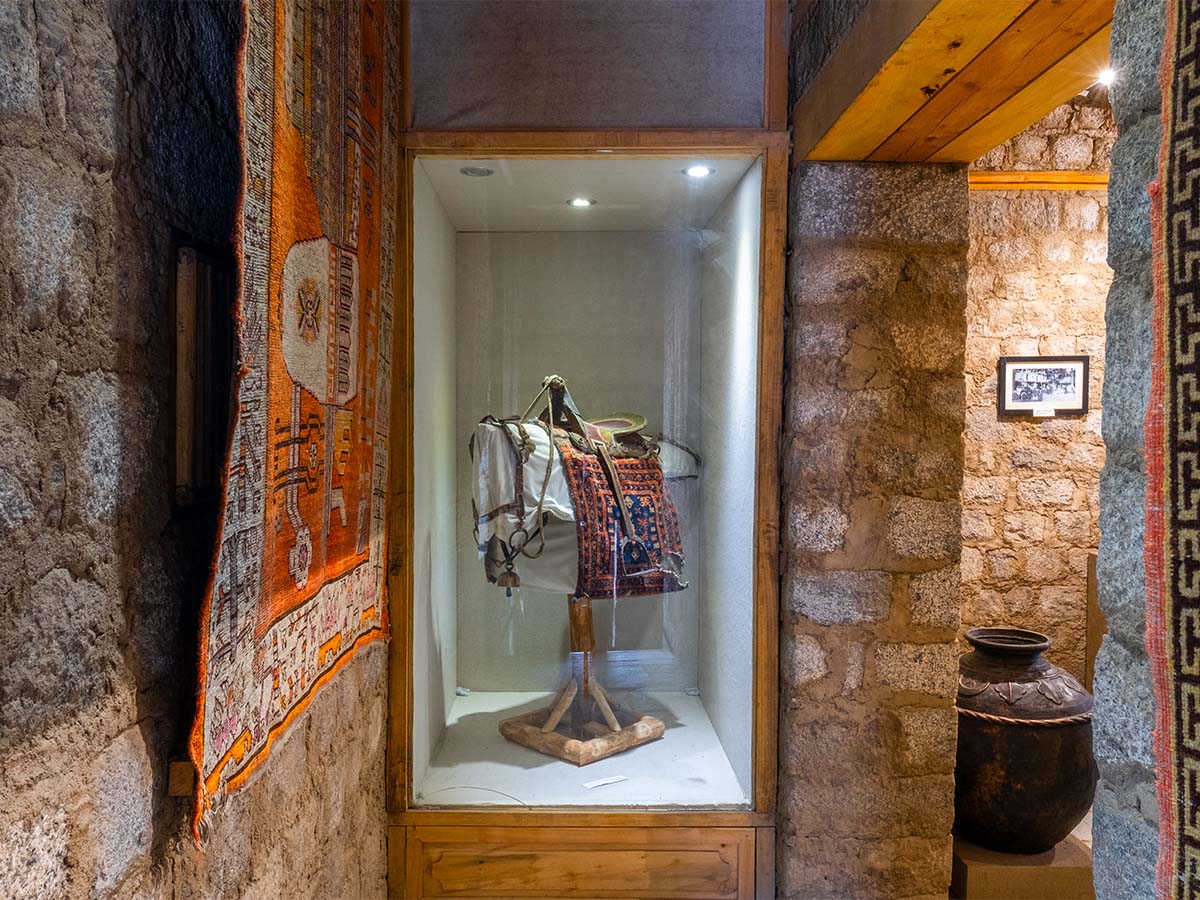
Architecture & Heritage
Designed by André Alexander of the Tiber Heritage Fund (THF), the Central Asian Museum building reflects a traditional Ladakhi- Tibetan Fort tower architecture, combining ancient design principles with modern techniques. The museum is built across four floors, with a spiral staircase connecting each level. Its architecture features intricately designed ceilings, inspired by the traditional diamond-shaped ceilings seen in early Ladakhi temples, and incorporates structural elements from Ladakh, Tibet, and Baltistan. A student team from the Habitat Unit of Berlin University of Technology, who visited Leh in 2008, also contributed design ideas for the site’s sustainable building process. This unique blend of traditional and modern elements creates a space that is not only a place for preserving history but also an architectural masterpiece that celebrates Ladakh’s heritage.
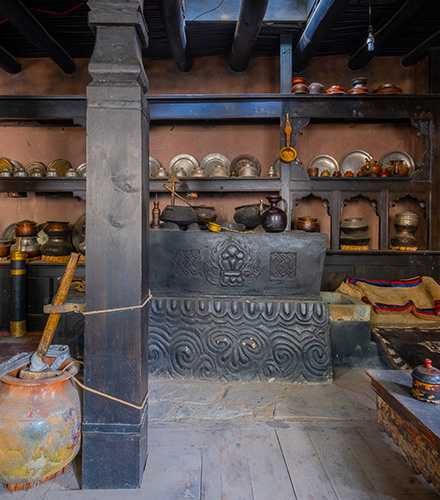
Collections and Exhibits
The museum houses an impressive collection of artifacts, including pottery, stone tools, bronze items, ancient coins, manuscripts, and rare photographs. These items illustrate the Silk Route’s far-reaching influence on Ladakh and beyond, showcasing the cultural exchanges that took place between Ladakh, Central Asia, Tibet, and Baltistan. The exhibits are carefully curated to tell the story of Leh’s importance as a trade hub along the Silk Route, illustrating the region’s cultural and historical evolution over the centuries. From ancient artifacts to modern art, the collection not only represents Ladakh’s history but also the continued relevance of cross-cultural exchanges in the modern world.
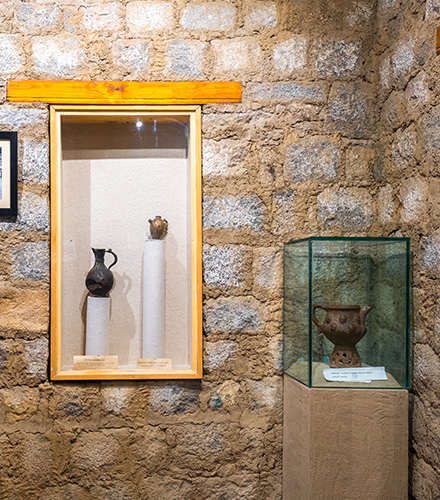
Contributors to the Museum’s Creation
The Central Asian Museum’s creation is the result of a remarkable collaboration of individuals, organizations and the local community.
Following are the key players in the creation & development of the museum:
The Sunni Muslim Community: The redeeming feature of the Central Asian Museum is that it has been able to establish ownership in the local community, represented by the Anjuman Moinul Islam, Leh. The local families have donated antiques, artifacts, manuscripts etc. to the museum. The local community’s involvement in the museum’s development reflects a shared vision of preserving Ladakh’s cultural heritage for future generations.
The Curating Team
Mr. Ghulam Mustafa: renowned local artist by training & passion, hotelier by profession, Ghulam Mustafa has been closely associated with the establishment of the museum and curating its artifacts & exhibits at various stages. His keen sense of artistic expression of Ladakh’s cultural & architectural ethos has been instrumental in the evolution of the museum.
Mr. Shamim Ahmad: well known local art dealer and connoisseur of Ladakhi / Tibetan artifact have been associated at various stages of the project and instrumental in the identification & placement of various artifacts in the museum.
Mr. M. Deen Khan: formerly a bureaucrat and local administrator of the NGO, ‘Save The Children Fund’ was associated with the team, serving as the Chairman of the Museum Committee. He played important role in the collection & sourcing of various artifacts from local families for the museum. His ancestors were associated with the management of the exchange trade at Leh and thus recipient of various types of artifacts & material collections related to the period. Mr. Khan was kind enough to donate this antique corpus to the museum.
Anjuman Moinul Islam Leadership
The museum was also shaped by the active support and dynamic leadership of the following members of the Anjuman Moinul Islam leadership:-
- Mr. Nazir Khan: President, Anjuman Moinul Islam, 2004- 2011:
- Mr. Sheikh Saifuddin: President, Anjuman Moinul Islam; 2011 - 2016
- Dr.Abdul Qayoom;President; Anjuman-Moinul-Islam; 2016 - present
- Dr. Noor Mohmmad, General Secretary; Anjuman-Moinul-Islam.Mr.
- Nissar Hussain, Chairman Museum Committee; current.
What Visitors Can Experience
Visitors to the Central Asian Museum can immerse themselves in Ladakh’s rich history through interactive exhibits, rare artifacts, and stunning architecture. The museum’s tranquil setting amidst the Tsas Soma garden invites visitors to explore, reflect, and learn about the deep cultural roots of this remarkable region. Each corner of the museum tells a story, from the ancient Silk Route artifacts to the intricacies of Ladakhi architecture, ensuring that every visit is a journey through time.
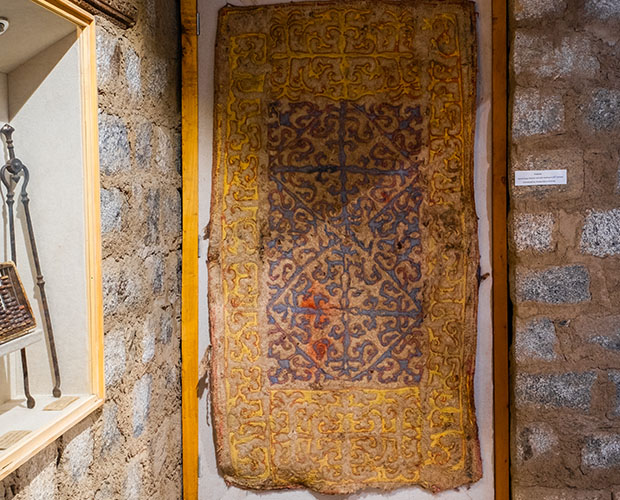

Get Involved
Join us in preserving the cultural heritage of Ladakh. Whether through donations, contributing artifacts, or simply visiting, your support plays a key role in ensuring that this cultural legacy is passed on to future generations. Become a part of the museum’s ongoing story and help us continue to celebrate and protect the history that makes Ladakh unique.

